Wet and dry dog food and treats account for 80 per cent of the 8 bn dollars in 2016 pet speciality sales recorded in the US, according to GfK's point-of-sale (POS) panel tracking neighbourhood pet shops and superstores nationwide. Dogs dominate especially in the dry category, racking up 85 per cent of 5.5 bn dollars in 2016; in treats, their edge is even bigger, notching up 91 per cent of 1 bn dollars.Dogs also are responsible for the bulk of sales in some of the hottest pet speciality food categories of the past two or three years, including
grain-free: 82 per cent of 2016 sales via pet speciality retail;freeze-dried/dehydrated: 94 per cent; refrigerated/raw-frozen: 90 per cent.
So, given the vast importance of dogs and their owners to virtually every US sales indicator, how do we expect canines to influence the US pet marketplace in 2017 and beyond?
Small dogs have big paw prints
According to the American Kennel Club (AKC), three of the seven most popular dog breeds in the US are small or toy species - a notable increase from even a year ago. And these special pets often have very specific likes and needs when it comes to food, treats, and other essential items; for example, they require portions that are only a fraction of those for large breeds - a need that manufacturers are already rushing to meet by introducing recipes that are specifically formulated for small/toy breed dogs. Instead of cans, a lot of wet foods are being served in small cups, trays or pouches instead. Look for these requirements to drive more pet speciality trends. US pet owners are almost making a fetish out of how few ingredients they can have in their pets' diets. In the wake of the massive 2007 pet food recall - which gave huge momentum to the "natural" food category - transparency about ingredients has become a powerful demand among pet people. Claims like "potato-free", "chicken-poultry-free," and "carrageenan-free" are becoming more common - with dog sales again leading the way. If someday we see "no-ingredient" pet foods, they are most likely to be made for dogs first!Let's face it - dog owners are more likely to spoil their pets. While cat owners are lovely people, data shows that they are more likely to decide that a cheaper brand of food is good enough for their four-legged companions. And as the average price per pound of pet food continues to climb - helped in large part by premium SKUs in natural and related categories - dog owners seem willing to pay the price to have a…

 Menü
Menü

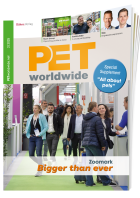





 4/2017
4/2017




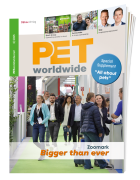
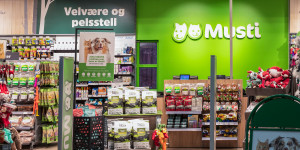



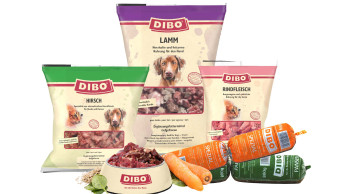

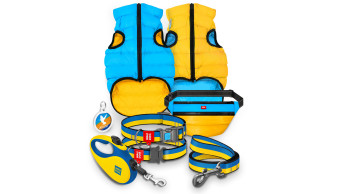
 Newsletter
Newsletter